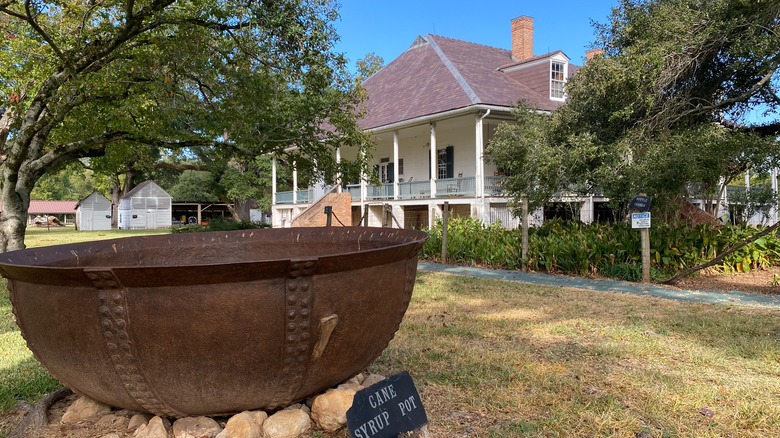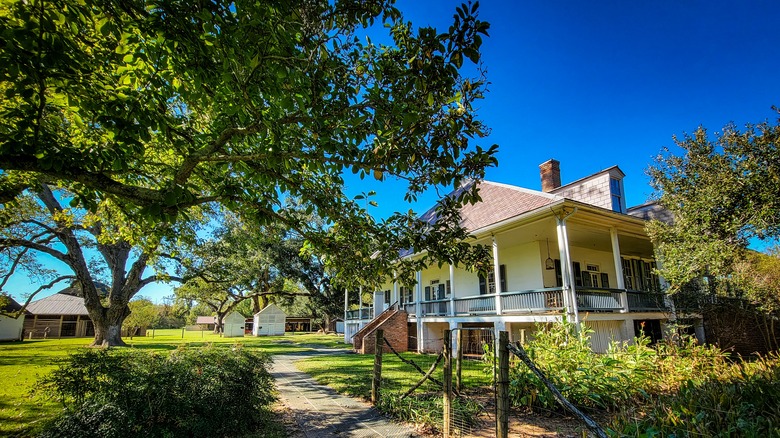At first glance, Louisiana’s bustling city of New Orleans may seem enough to satisfy any craving for authentic Creole food and culture steeped against a breath-taking city setting. NOLA’s unforgettable neighborhoods resound with musical reveries, and the lingering, humid breeze of the Mississippi River. Yet, echoes of the French Quarter resonate strongly across the rest of Louisiana. A peaceful and historic corner, the stunning Algiers Point is an underrated Creole gem by the riverside, and is conveniently located just on the other side of the river from the French Quarter. But if you venture further into Creole country, heading northwest, there are locations rife with magnolias, hot gumbo, and sweeping plantations right in the heart of the Red River.
Nested right by Louisiana’s oldest permanent settlement, Natchitoches, the Cane River National Heritage Area is one of those unforgettable places. The region is a treasure trove of breath-taking nature, as well as heaps of Creole culture and food. Whether you want to tour the many orchards and plantations the area offers, or you want to muddy your boots in the outdoors, the Cane River region has plenty of options on offer.
You can reach the Cane River National Heritage area from either New Orleans, 258 miles away, or Dallas, 255 miles away when driving to Natchitoches directly. There is also a handy map on the Cane River National Heritage website you can consult to help you plan your visit, covering the regional highlights and defining the boundaries of this Louisiana county.
The Cane River National Heritage Area is rife with natural beauty and history
Nowadays, the natural heritage area encompasses both sides of Cane River Lake but, as the name suggests, it was once a tributary of the Red River transformed by natural and climatic shifts. The heritage area wraps around the municipality of Natchitoches, known for its significant Native American history as well as for its relevance in the Louisiana Purchase of 1803. Today, you can still visit a few of the surviving plantations from the antebellum era. An example worthy of note is the Oakland Plantation, where you can visit both the owners’ quarters and reflect on the history of hundreds of enslaved people brought to the U.S. from the Africa. The plantation, originally used to grow coffee and precious dye indigo, shifted to cotton during the cotton boom. Also based on the heritage grounds, the Magnolia Plantation held a primate in cotton farming, and continued until the 1960s.
Snaking through cotton plantations, pecan orchards, and ripening sugar canes, the landscape of the Cane River Heritage Trail is as varied as the state’s own culinary landscape. Starting from the Cane River Creole National Historical Park and Heritage Area, you can admire the conservation efforts in this region by visiting its near 63 acres of flourishing marsh and grassland. You have many options to immerse yourself in centuries of strong Creole culture in this storied corner of Cane River Lake, including going on self-guided tours of Magnolia House buildings, enjoying a nature train ride through the beautiful, scenic green spaces, or even taking a wildlife cruise to explore what the marshland has to offer.




